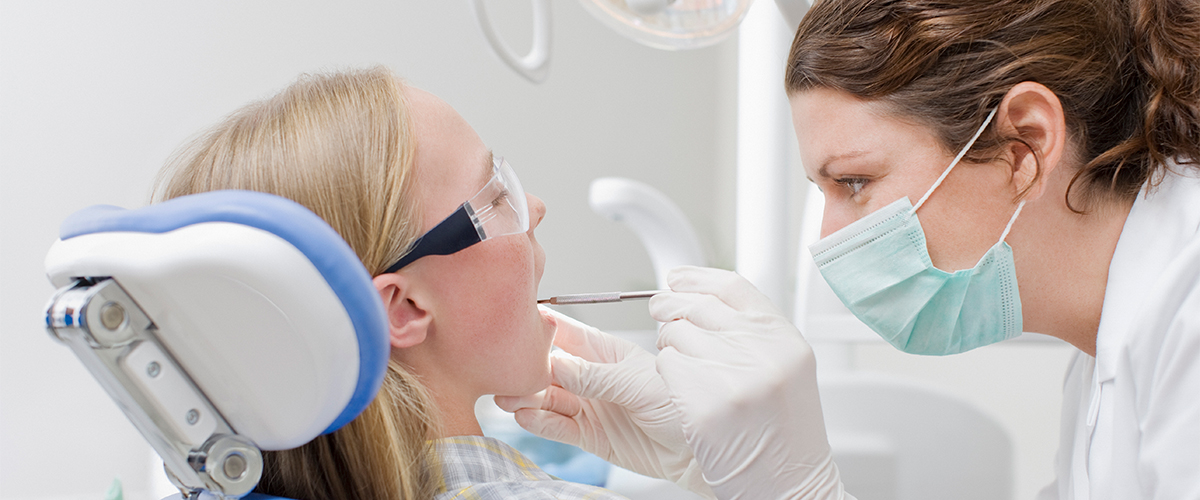
Keeping patients safe and informed during the COVID-19 pandemic should be one of the top priorities of dental professionals. Dr. Juan Yepes is a professor in the department of pediatric dentistry at Indiana University School of Dentistry and an attending at Riley Children Hospital in Indiana. In collaboration with Palmero Healthcare, he shares his recommendations on the correct way to interact with pediatric patients and covers helpful information about dental visits during the pandemic. Below, we cover the most important tips to keep in mind while interacting with young patients.
Tips for parents to prepare their child for a dental visit during the pandemic:
- You must consider the child’s age because you should not talk to a 12-year-old the same as you would a 3-year-old. Being flexible and able to anticipate the child’s needs based on their age is the first fundamental step practitioners must take when working with children.
- Parents should educate themselves from a reputable source such as the U.S. Center for Disease Control and Prevention or the World Health Organization. Then parents should have an open and simple dialogue with their children to answer any questions they may have.
- Before coming to the dentist, children should understand what COVID is, how it spreads, and the precautions they will be seeing. They should be informed of the “new” things that they will see in dental offices, like new noises or PPE that dentists will be using.
Tips for clinicians to explain why these specific changes have been made:
- Face Shields: Practitioners can introduce the face shield to children by telling them it’s there to prevent germs from getting in the face and eyes of the person wearing it.
- Masks: Children will definitely notice that the dentists are wearing different-looking masks or sometimes even two masks. Dentists can explain that the “special” mask is there to keep the doctor and the dental assistants and hygienists away from the germs.
- Gowns: Some of the children haven’t seen the gown used in dental offices, so dentists should explain that people who work there, wear gowns so germs don’t get on their clothes.
- Aerosol Minimizers: Hopefully, children understand that the virus travels in the air when we talk, cough, or sneeze. If they understand that, it’s easier to discuss why the office is using all these devices to keep the virus from “flying.” Before providing any treatment to a child, explain the noises coming from these devices and why they’re there.
Tips for dental professionals on what they can provide to pediatric patients’ families as guidance during the pandemic:
- Ensure families that your dental team is doing everything you can to minimize the spread of the virus and emphasize that dental care is essential and cannot be halted just because of the pandemic.
- Practitioners should also emphasize that families can help prevent dental problems from getting worse by continuing oral health education, brushing teeth regularly, eating healthy snacks and avoiding sugary snacks, keeping immunizations up-to-date, and visiting the dentist every six months.
- Explain to families that the majority of issues that happen in the children’s mouths are infectious in nature and without proper care, they’ll likely progress and cause pain and discomfort.
These various recommendations are accurate and can be helpful to all individuals in the dental field. By following these suggestions, dentists and staff members can make families feel more at ease as they continue to return to offices. But this task does not only fall on dental professionals but also parents. The efforts to educate and prepare children about this situation starts at home where parents can explain these things in a comfortable setting. Both dentists and parents need to recognize this responsibility and play their part.
For more information, see this article from Palmero Healthcare.

